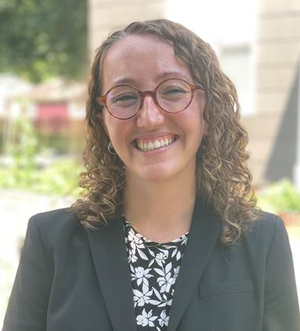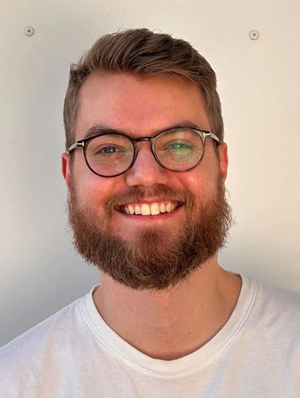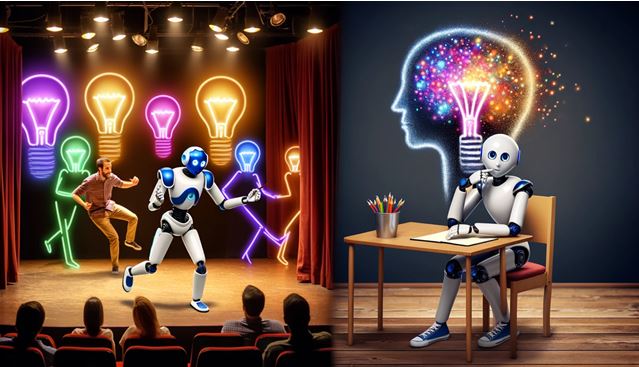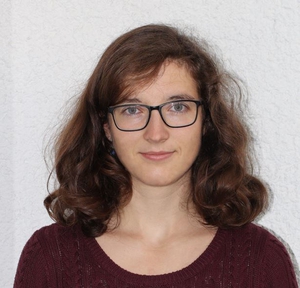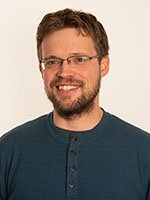2024
Previous
The University of Minnesota – Twin Cities Physics Department is restructuring its upper-level curriculum to integrate computation throughout the physics major courses. While this change has the potential to ensure that all students learn context-specific computing, it may also impact the ways students think of themselves as ‘physics people’ and of physics computational literacy.
Our students take a programming course in their first semester, where they are taught the basics of syntax and coding strategy. They then go on to use programming in most of their other courses, gaining experience as they use it in varied and increasingly sophisticated ways. But we don’t really have specific goals, strategies or measurements in place for how students should develop their programming skills past the first year, despite programming being essential in physics research and industry.
I’m therefore researching how computational physics masters students develop their skills in programming, using interview data and student code.
Markus Fleten Kreutzer, Jonas Timmann Mjaaland and Halvor Tyseng:
Qualitative analysis is a cornerstone of social science research, used in fields as diverse as education research, sociology, history, and business. Traditional qualitative analysis, however, is time consuming, labor intensive, and difficult to both scale and replicate. To tackle these issues, we have devised a fast, replicable, and scalable technique for deductive, qualitative research on text-data, by utilizing novel advances in machine learning and artificial intelligence.
Tor Ole Bigton Odden:
Over the last year and a half, generative AI tools like ChatGPT have gone from niche research projects in the field of Natural Language Processing to tools that have upended whole sectors like education, software development, social science, and more.
This rapid development is partially due to the fact that these tools have, through gradual updates, developed capabilities that could not have been predicted in November 2022, like the ability to reason spatially, mathematically, and visually. Many users reasonably wonder how, and more importantly why, they work.
Henning Vinjusveen Myhrehagen:
As of 2023, Norway has implemented a new science curriculum which explicitly includes programming as a part of education in science and mathematics. However, the curriculum documents do not provide clear-cut guidelines on how and to what extent programming should be used for science learning, and it is also unclear how far teachers have come with their implementation of programming in education.
To understand the effects of the new curriculum, we have surveyed Norwegian upper secondary science teachers to find out what affordances they see with the use of programming, and what challenges they are experiencing.
Jana Legerská:
Quantum physics is becoming increasingly important as the background knowledge for the emerging quantum technologies. In the recent years, the role of quantum physics in the high school curriculum has been emphasized, too. However, the curricular documents cannot bring a complete picture of incorporating quantum physics into the school reality.
In this talk, I will present a pilot study on describing the current state of teaching quantum physics at the high schools in the Czech Republic.
I will explore what topics are typically covered in what time constraints, what are teachers' main goals in their quantum physics teaching, and how teachers feel about introducing students to quantum physics.
Geir Kjetil Sandve:
Large language models (LLMs) are now able to intelligently complement a human programmer (tools like git copilot) or even to write programming code from scratch based on a natural language description of what the code should do (tools like ChatGPT).
